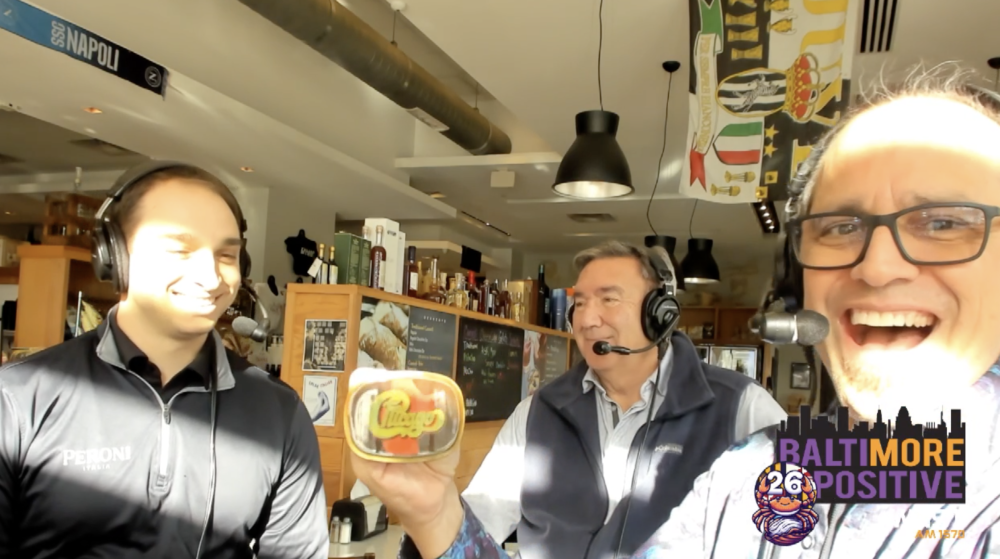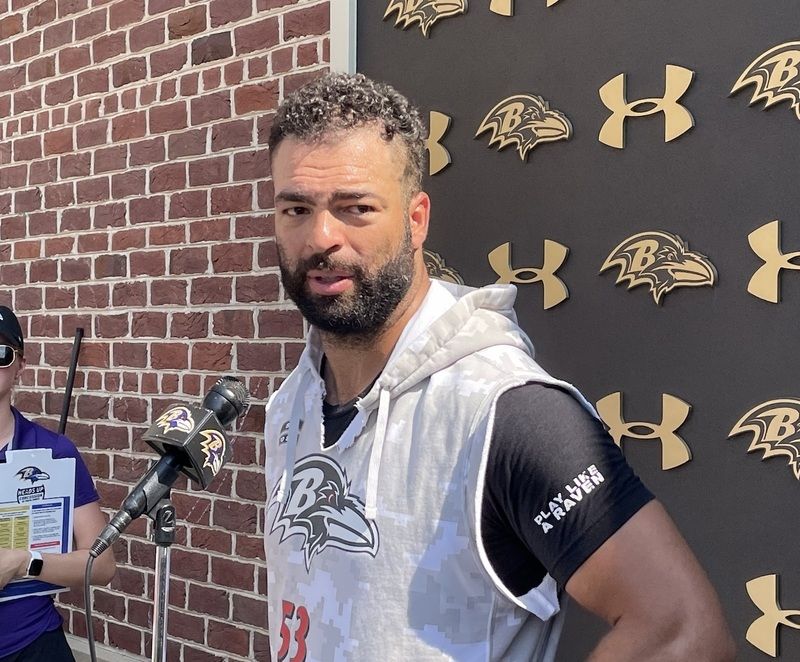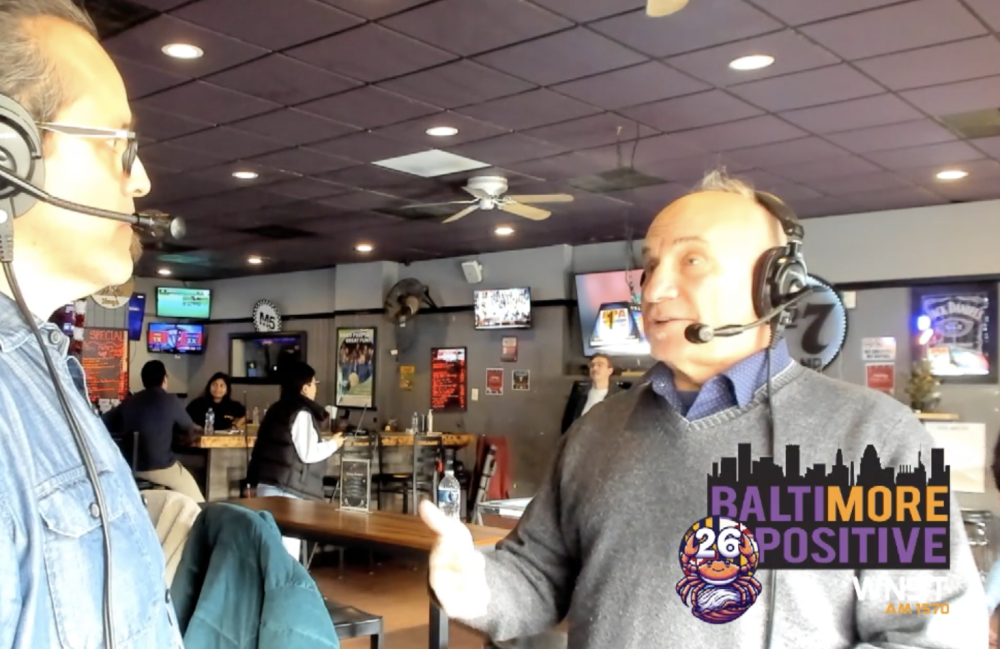(This blog brought to you by Atlantic Remodeling. Visit www.atlanticremodeling.com to learn about their Red Cent Guarantee!)
BALTIMORE — The news of Orioles pitching prospect Dylan Bundy needing Tommy John surgery clearly isn’t making Buck Showalter or anyone else in the organization feel like doing cartwheels downtown.
But the manager wasn’t singing the blues in his office either after it was determined that renowned orthopedist Dr. James Andrews would perform the ulnar collateral ligament reconstruction on the 20-year-old’s right elbow in Florida on Thursday. It’s better than the state of limbo in which Bundy and the organized have been since the 2011 first-round pick began experiencing discomfort in his right forearm in the spring.
“We’ve got that behind us. We know what it is,” Showalter said. “It’s nothing he is doing wrong or something he’s got to do differently. It’s just something that happens. [It’s] pretty normal, and we’re going to fix it.”
A trip to the disabled list and rest didn’t solve the issue initially. A platelet-rich plasma injection from Dr. Andrews and six weeks of rest appeared to do the trick before Bundy experienced similar discomfort in his arm while throwing from 120 feet in Sarasota on Monday.
From that point, surgery certainly appeared inevitable as a small tear in his UCL was discovered after Dr. Andrews and team orthopedist Dr. John Wilckens didn’t find any structural damage to the pitcher’s elbow in April.
Many have pointed to the advances made with Tommy John surgery — Showalter reminded everyone Wednesday that future Hall of Fame closer Mariano Rivera underwent the procedure when it was more invasive and riskier — and have described it as little more than a tuneup for a pitcher in the 21st century. That descriptor might be cavalier, but plenty of evidence suggests Bundy can reach the full potential that made him the Orioles’ top draft selection just over two years ago.
Surgery should always be treated as a last-resort option in cases such as these despite the critics who will say the pitcher should have had the surgery two months earlier in lieu of the PRP injection.
“You can always make a statement that everybody’s going to have it sooner or later, but you try to keep it from happening,” Showalter said. “In a lot of cases, that’s preordained. You take the precautions you need to take and hopefully it doesn’t happen.”
Of course, there are no guarantees with any surgical procedure, but Bundy’s age and impeccable work ethic would figure to put him in a category suited to make the quickest recovery — the timetable for a return to the mound is 10-14 months– and to reach his full ceiling as opposed to an older or less-dedicated pitcher having the surgery.
There are plenty of examples of pitchers who returned to the mound with the same or even better velocity after a tendon from elsewhere in the body replaces the damaged ligament, essentially giving a pitcher a new elbow. The list of current major leaguers who’ve undergone the procedure is extensive, ranging from Stephen Strasburg and Josh Johnson to C.J. Wilson and Orioles starter Miguel Gonzalez.
Showalter reminded everyone that Bundy wasn’t a finished product as the organization was working with him to make some mechanical adjustments and to improve his time to the plate. The surgery essentially gives Bundy the potential for a clean slate physically and allows him to continue to focus on those adjustments when he’s once again pitching for a minor-league affiliate — as early as the second half of next season if the Baltimore manager has his wish granted.
“He had some hurdles to cross and this might help some in certain situations,” Showalter said. “Hopefully, next year at this time, we’ll be putting a date on when he’s going to pitch again in a game.”
The second-guessing will go on until Bundy is once again back on a mound pitching. And even then, many will wonder what might have been if he never becomes the top-of-the-rotation starter many envisioned prior to the injury.
Some will say the injury is the latest example why organizations are foolish for drafting high-school pitchers in the first round, even if they’ll ignore such names as Clayton Kershaw, Zack Greinke, Matt Cain, Cole Hamels, Clayton Kershaw, and Adam Wainwright that suggest it can be a very successful strategy. While college pitchers drafted in the first round have a higher success rate of making it to the majors, some evidence suggests high school arms taken in the opening round have more success than college pitchers when focusing on the pool of picks that makes it to the big leagues.
Unlike the selection of Matt Hobgood in 2009 that was criticized as a reach for financial purposes, Bundy was a consensus top 5 pick that a slew of teams would have taken in the Orioles’ position drafting fourth overall in 2011. Selecting high-school pitchers in the first round carries more risk but a higher ceiling in most cases.
Ultimately, Tommy John surgery doesn’t discriminate as you’ll find a plethora of teenagers and veteran major league pitchers alike who will meet the same fate at various times in their careers.
“We all know this is a procedure that, unfortunately, has become pretty commonplace, as Dr. Andrews would say,” Showalter said. “We talk about it all the time. He’s seeing it more and more in 14-, 15-, 16-year-old kids. That’s one of the most alarming things that he’s seeing that has changed.”
The biggest red flag you’ll find when it comes to Bundy was the workload permitted by his father Denver and high school coaches a few years back when a 2010 report from the Tulsa World wrote that the young pitcher once threw 293 pitches in a four-day stretch.
Did those types of stress contribute to a greater risk for an injury? Almost certainly, but providing the empirical evidence that shows Bundy’s overuse was dramatically different from countless other hotshot pitching prospects — at the high school or college level — would be next to impossible.
And it still doesn’t necessarily prohibit him from regaining his dominant form with a surgically-repaired elbow.
Regardless of the factors leading up to Bundy going under the knife and what might have been handled differently over the last few months — or even the last several years — Showalter and the organization can only turn the page now after finding a resolution to Bundy’s forearm discomfort. Wednesday’s outcome certainly wasn’t good news, but no one should be talking about the pitcher using the past tense.
“Dylan’s ready to go. You think about everything he’s been through with this,” said Showalter, who admitted the organization will have to monitor that Bundy doesn’t work too hard during the long rehabilitation process. “He just wants to get it done, start the thought of being able to pitch without any discomfort.”


























